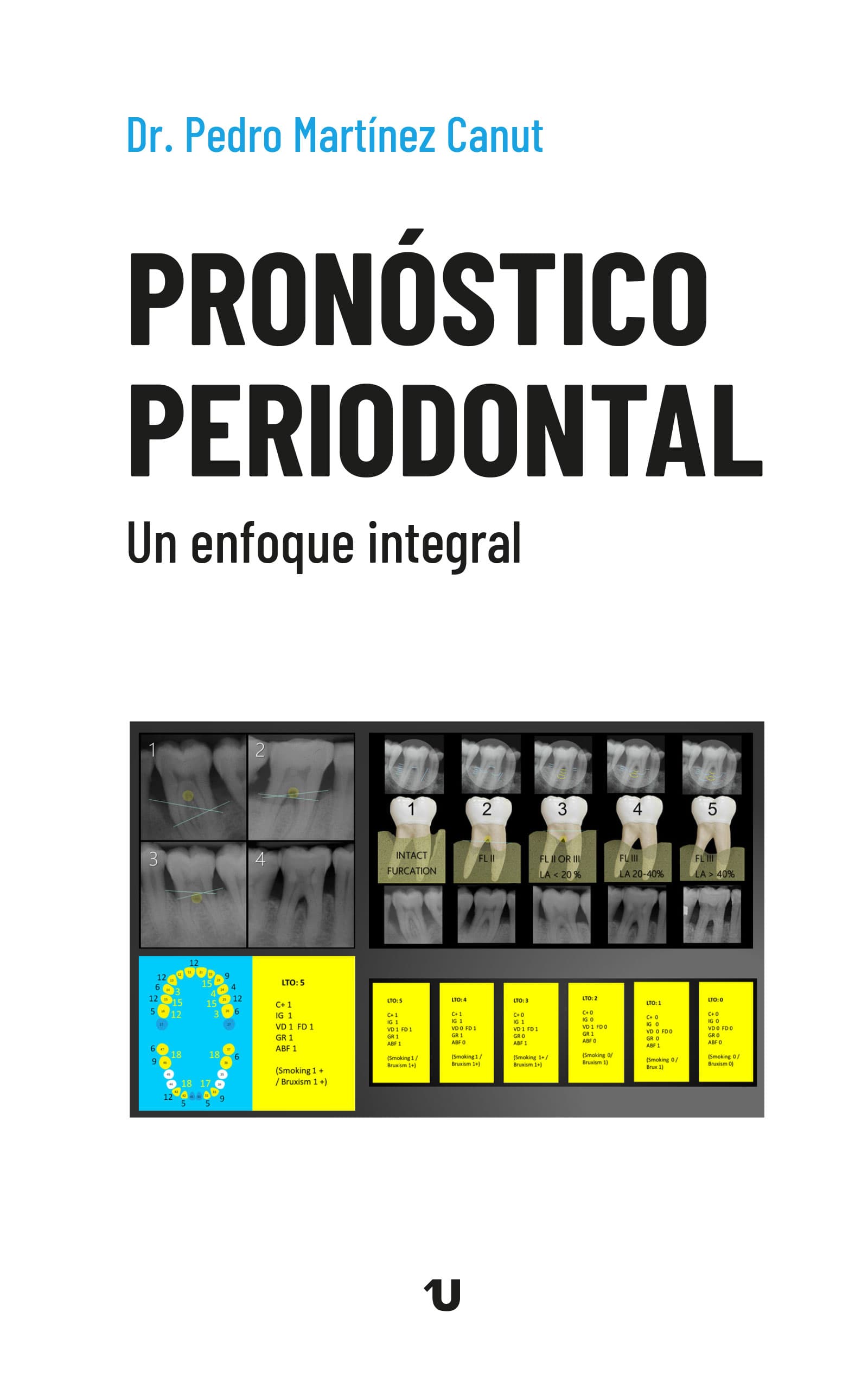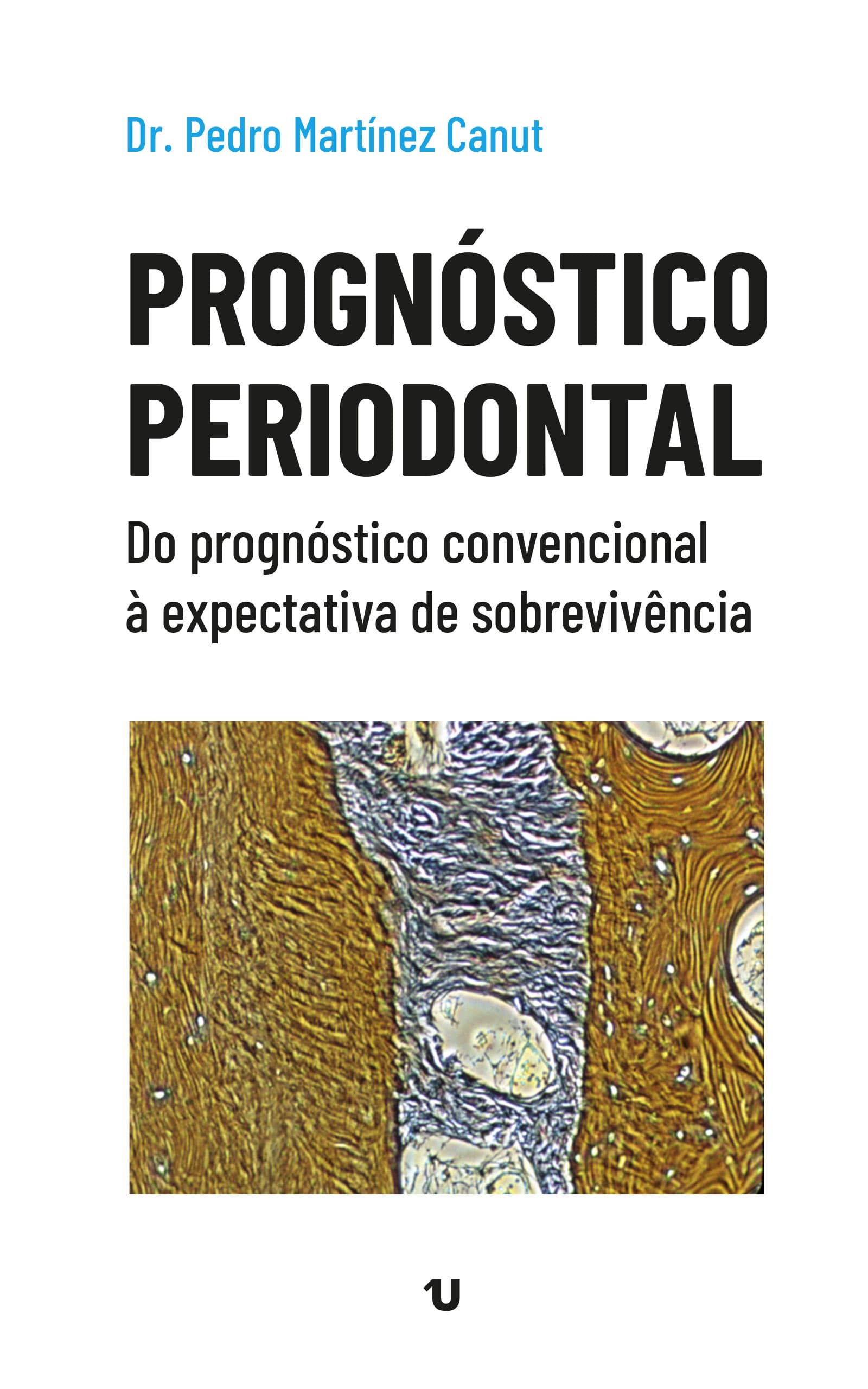PerioProject 2.0
Update
PerioProject was conceived as a dynamic model to incorporate new data to increase its reliability. PerioProject 2.0 is the result.
We have achieved a model that simultaneously assign overall prognosis of the patient and individual tooth prognosis. The prediction is more sensitive, allows better definition of survival times, and the possibility of periodontal regeneration.

PerioProject allows the prognosis to be assigned in two different ways.
Since knowing the usefulness and reliability of the Prognosis of the whole dentition would require waiting for tooth loss to occur prospectively, we have the retrospective alternative, using the Prognosis for a lost tooth, allowing immediate assessment of the reliability of the model.
Prognosis for a lost tooth
You only need to have one tooth extracted for periodontal reasons, in a patient who complied with supportive periodontal therapy, and, of course, a well-documented clinical and radiographic history.
You only need to have one tooth extracted for periodontal reasons, in a patient who complied with supportive periodontal therapy, and, of course, a well-documented clinical and radiographic history.
Prognosis for the whole dentition
This test makes it possible to assign the prognosis of the whole dentition and save or print the results obtained. This prognosis, which is clearly depicted in a prognostic map of the whole dentition, represents an overview that helps to make decisions.
This test makes it possible to assign the prognosis of the whole dentition and save or print the results obtained. This prognosis, which is clearly depicted in a prognostic map of the whole dentition, represents an overview that helps to make decisions.
document cases 1, 2 y 3DEVELOPMENT OF PERIOPROJECT 2.0
This new model simultaneously interprets the following data:
PATIENTS FACTOR
Presence of smoking and bruxism
Smoking is considered + if there is a consumption of more than 10 cigarettes/day
There would be these four situations:
- Absence of smoking and bruxism (attachment loss in the absence of other risk factors)
- Bruxism
- Smoking
- Smoking and bruxism
As in PerioProject, we offer you two documents to learn more about bruxism.
The document Bruxism
DocumentThe document Periodontal Prognosis. A comprehensive approach is a summary ofthe this textbook, that includes information on bruxism and abfractions in one of its sections
DocumentPATIENT FACTORS
Patients predisposition to tooth loss
An Index (LTO) is used to classify patients according to their predisposition to tooth loss. Patients with index values of 0 to 2 do not usually loose teeth. Teeth are usually lost in patients with index values 4 and 5.
PATIENT FACTORS
Tooth loss according to the estimated survival time and the LTO Index (LTOP System)
The LTOP system simultaneously considers the predisposition of the patient to tooth loss (LTO Index) and tooth loss over time (P). This is a pioneer approach to simultaneously assign general prognosis and individual tooth prognosis (Martinez-Canut, P & Llobell, A. 2018. A comprehensive approach to assigning periodontal prognosis. Journal of Clinical Periodontology. 2018;45:431-439).
Tooth loss due to periodontitis would not be a strict dichotomous issue (e.g., tooth loss yes or no), but a probabilistic one, that takes place in time: the probability of tooth loss, in a certain time interval, according to the patient’s predisposition. The LTOP system uses this language.
The main conclusions of the LTOP system are summarised as follows: in patients not predisposed to tooth loss (LTO Index categories 0 to 2), the percentage of teeth lost for assigned time intervals 12 to 22 is 0%; for time intervals 9 to 20, it is 20%; for time intervals 6 to 20, it is 30%; and for time intervals < 6-20, it is 40%. In contrast, for patients predisposed to tooth loss (LTO Index categories 3, 4, and 5) these percentages are doubled, being 15%, 40%, 60%, and 80%, respectively.
You can access the document Periodontal prognosis. A comprehensive approach that is a summary of this textbook with the same name.
DocumentMore informationPATIENT FACTORS
Tipo de defecto óseo
You will discover how each defect is, and how it evolves in the long term, according to the associated risk factor.
Depending on the type of periodontal defect (furcation lesion, intraosseous defect, and the combined defect), the probability of tooth loss varies greatly. We present and will use a classification of periodontal bone defects with prognostic significance. Type 1 and 2 defects usually respond favourably to treatment, including periodontal regeneration, and remain stable over time. Types 3, 4, and 5, usually respond unfavourably to treatment, associating to tooth loss.
PATIENT FACTORS
Factors associated with variability in survival time
The survival times assigned with the original PerioProject have been defined with an average follow-up of 25-years, considering the factors that are associated with the variability in survival times.
Reliability, efficacy and scientific basis of PerioProject 2.0
This predictive model is based on a series of open access scientific papers published in the Journal of Clinical Periodontology between 2015 and 2018. However, you can check the reliability and efficacy of the model yourself, using the retrospective alternative, the Prognosis for a lost tooth, allowing immediate assessment of the model.
Watch an explanatory video about the LTOP system.

Periodontal prognosis. A comprehensive approach (Ed. UNO)
The textbook, explains the LTO Index and the LTOP System, presenting different clinical cases, meticulously documented over an average of follow-up of 25 years.
Periodontal Prognosis (ED. UNO)
The textbook, addresses the subject more broadly.
PerioProject 1.0
Reliabilitty and limitations
PerioProject 1.0 is a real predictive model that can be evaluated and improved.
It was launched in 2016 and until 2023, it is the only periodontal prognosis web-based tool, receiving thousands of monthly entries from the whole world. This has given us invaluable feedback.

1
Specificity
The model is highly specific, as tooth loss would occur very rarely in teeth that are not assigned survival times
2
Sensitivity
Despite about 80% of the teeth that were lost did so within the assigned survival time, the model has low sensitivity, since only 20% of teeth that were assigned survival times were lost.
3
Survival times
The model is highly specific, as tooth loss would occur very rarely in teeth that are not assigned survival times


